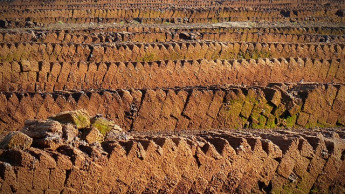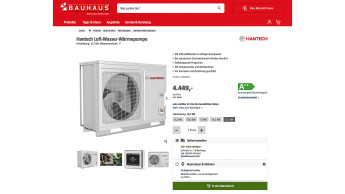

deep insights, facts & figures

Mikskaar has been in the substrate business for nearly 20 years. The family-owned company is one of the biggest suppliers in Estonia
Although only 45 000 km² in size, Estonia numbers among the world’s biggest producers of peat. This raw material has formed since the end of the last Ice Age around 8 000 years ago and is used today as the preferred substrate in professional horticulture as well as in private gardens. Peat has been extracted in the Baltic since Russian times. According to a survey of the IVG, a German manufacturers’ association, the peat-extraction sites in the entire Baltic region are still sufficient for decades to come. Though the demand for white peat will increase and require the opening-up of new areas. The survey also reveals that peat burnt as fuel by the Soviets is today used for making humus products. Mikskaar is one of the major suppliers of substrates in Estonia. Founded in 1994, today the company is still family-owned and has a workforce of around 60. In the last two decades the company has taken over shares of between 40 and 100 per cent of several extraction and production operations. Today four production sites belong to the business group. Its annual production capacity amounts to 500 000 m³. The raw material is sourced from ten extraction locations in different regions, which makes it possible to guarantee the quantities required and offer different types of peat as well. Mikskaar supplies customers in 40 countries all over the world. The company’s main markets are located in the Middle East and in the Mediterranean region of Europe. For gardening enthusiasts Mikskaar offers potting soil in a variety of packaging sizes. There are also special mixtures for cactuses, pelargoniums and rhododendrons. Download:
Related articles
Read also

 Menü
Menü











 Newsletter
Newsletter